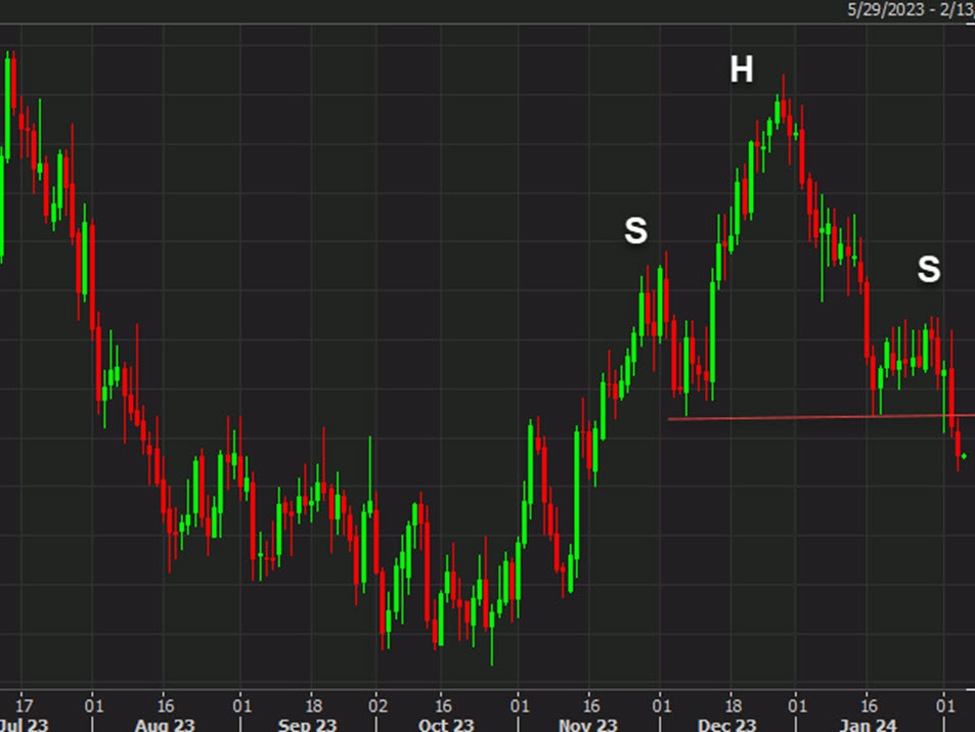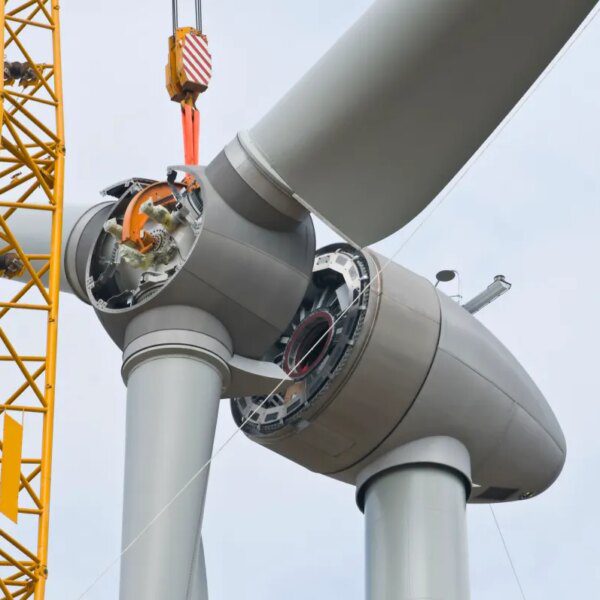Japan is preparing a ¥21.3 trillion ($135bn) stimulus package — its largest since the Covid era — to cushion households from persistent inflation, according to a draft seen by Reuters. The plan underscores Prime Minister Sanae Takaichi’s aggressive fiscal stance but comes as markets grow uneasy about the heavy borrowing required to fund her agenda.
Just recapping the various dibbles of info we’ve received on this so far this week.
The package includes ¥17.7 trillion in general spending and ¥2.7 trillion in tax cuts, financed partly by stronger tax revenues and a significant increase in government bond issuance. Sources say the bond component will exceed last year’s ¥6.69 trillion.
When private-sector leverage is included, the total package swells to ¥42.8 trillion. Key allocations include ¥11.7 trillion for cost-of-living relief and consumption support, and ¥7.2 trillion for crisis-response measures and economic security sectors. Measures reportedly include ¥20,000 per child in extra family payments, income tax breaks, and cuts to gasoline tax.
The cabinet aims to approve the stimulus on Friday, with a supplementary budget expected by late November. Takaichi has pledged large-scale support and investment in AI, chips and shipbuilding since taking office — ambitions that have contributed to recent weakness in the yen and a sell-off in JGBs.
—
If you like the idea of buying the yen on the back of Japanese intervention, how successful do you think the intervention will be given this sort a fundamental backdrop? I suspect the answer will be ‘not very’.















